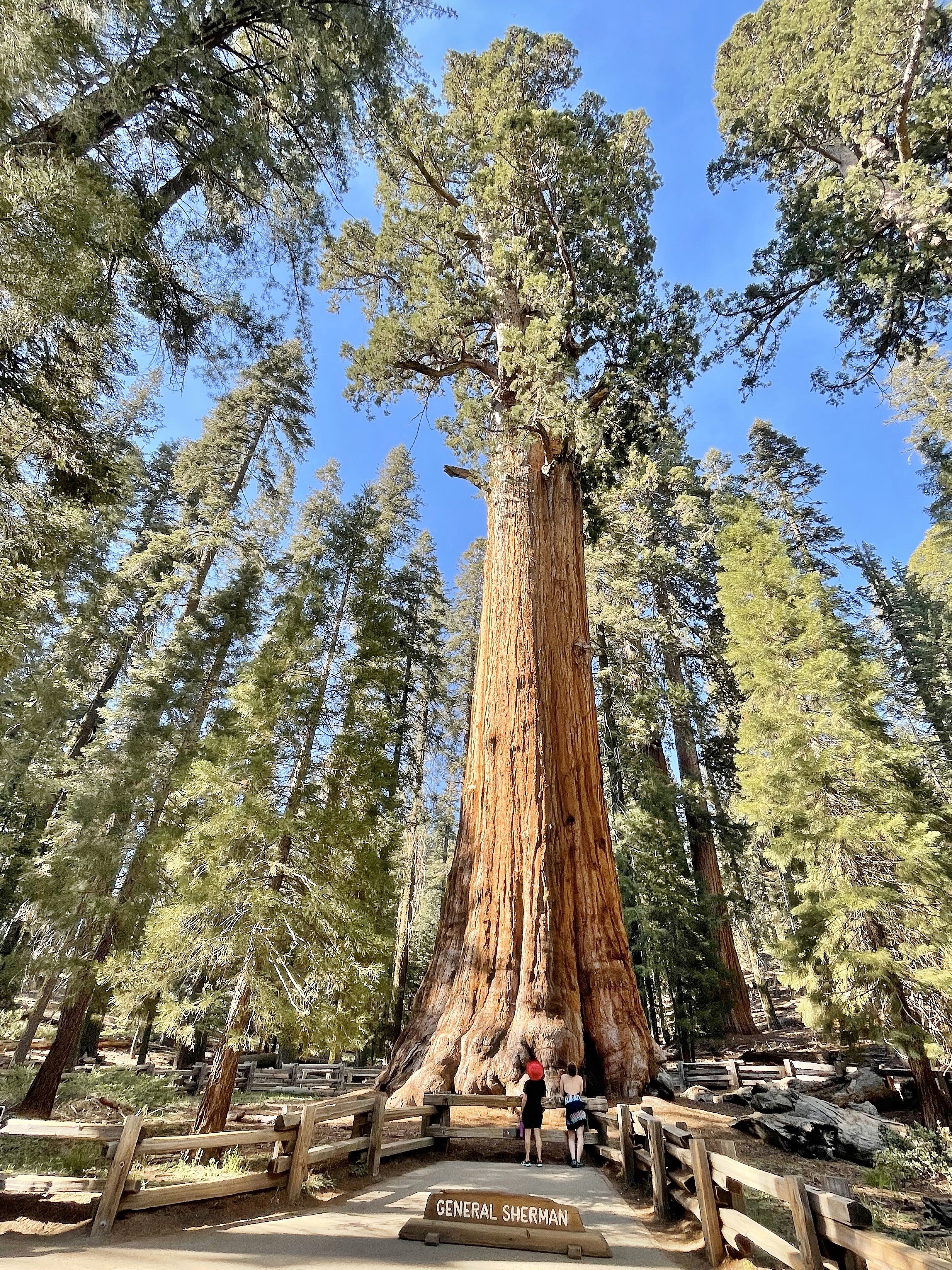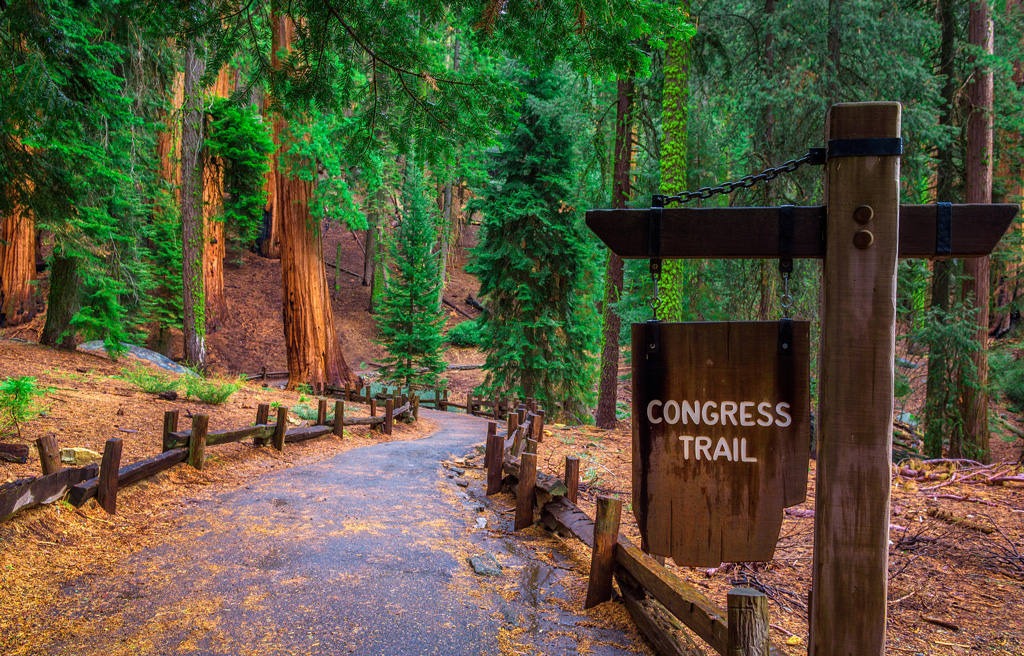Sequoia National Park Location-- Directions and Exactly How to Arrive
Sequoia National Park Location-- Directions and Exactly How to Arrive
Blog Article
Explore the Diverse Wildlife Habitats Within Sequoia National Forest
Sequoia National Park is an ecological treasure, showcasing an excellent range of wild animals habitats that add to its abundant biodiversity. From the impressive gigantic sequoia forests to the diverse towering fields, each setting plays a critical role in supporting various species, including both typical and uncommon fauna.
Review of Sequoia National Forest
Sequoia National Park, nestled in the southern Sierra Nevada chain of mountains of California, is renowned for its awesome landscapes and towering giant sequoias. Established in 1890, it is among the earliest nationwide parks in the United States, dedicated to maintaining the all-natural beauty and environmental integrity of this distinct area. The park encompasses over 404,000 acres of varied terrain, including stunning hills, deep canyons, and rich meadows.

Visitors can explore various hiking trails, ranging from leisurely strolls to tough backcountry courses, each using an one-of-a-kind perspective of the park's majesty. With its combination of natural wonders and leisure possibilities, Sequoia National Park functions as a vital shelter for both wildlife and those seeking to link with nature.

Major Wildlife Habitats
The diverse landscapes of Sequoia National forest develop a mosaic of wildlife habitats that support an abundant selection of varieties. These environments vary from rich meadows and thick woodlands to rocky alpine zones and large river valleys, each giving one-of-a-kind eco-friendly niches.
One noticeable habitat is the large sequoia forest, identified by towering trees and an abundant understory, which supports various animals, birds, and bugs. The combined conifer forests, made up of species such as sugar pine and white fir, deal added shelter and food resources for wild animals.
Meadows and meadows play a crucial duty in the park's ecosystems, acting as vital foraging premises for herbivores like deer and little creatures. These open areas also attract varied bird species, specifically during migration periods.
The park's higher elevations feature alpine environments, where conditions are severe and varieties are adjusted to make it through in such extremes (Sequoia National Park hour). Here, one can find distinct plants and animals that thrive in rocky, cool atmospheres
Flora and Fauna Variety
Within the diverse environments of Sequoia National Park, a remarkable array of plants and animals coexists, showcasing the elaborate relationships that maintain the park's biodiversity. The park is home to over 1,300 plant varieties, consisting of the famous large sequoias, which are amongst the biggest and oldest trees on Planet. These stunning trees supply crucial environment and food resources for various wild animals, fostering a complex web of environmental interactions.
Animal varieties in Sequoia National Park are equally varied, with environments varying from lowland foothills to high towering settings. Mammals such as black bears, mule deer, and bobcats thrive in this abundant environment, while avian varieties, including the impressive golden eagle and the elusive spotted owl, poise the skies. Amphibians and reptiles, like the Sierra amphibian and the western rattlesnake, additionally play essential functions in maintaining environmental balance.
The park's one-of-a-kind mix of altitude slopes and microclimates supports these diverse varieties, highlighting the value of protecting the natural environments that allow such an abundant tapestry of life to thrive. Comprehending this diversity is essential for valuing the environmental relevance of Sequoia National forest.
Preservation Efforts in the Park
Preservation efforts in Sequoia National Park play a critical role in safeguarding its one-of-a-kind environments and the varied types that populate them. The park uses a complex strategy, consisting of habitat remediation, varieties keeping an eye on, and invasive species administration. These initiatives are vital for preserving the delicate equilibrium of the park's communities, that include giant sequoias, meadows, and towering environments.
Energetic restoration jobs concentrate on improving indigenous plant communities and rehabilitating abject habitats. Sequoia National Park hour. This is especially crucial in locations influenced by human task or all-natural disturbances such as wildfires. The park's biologists conduct normal monitoring of key species, consisting of the jeopardized Sierra Nevada bighorn sheep, to examine population health and educate monitoring methods
Invasive varieties present a substantial danger to the park's biodiversity. Via these thorough campaigns, Sequoia National Park makes every effort to protect its abundant natural heritage for future generations while ensuring the resilience of its varied wild animals habitats.
Tips for Wildlife Monitoring
Observing wild animals in Sequoia National Park offers check this site out a special opportunity to get in touch with nature and appreciate the diverse types that prosper in this impressive habitat. To optimize your wildlife monitoring experience, think about numerous necessary suggestions.
First of all, plan your visit throughout early morning or late afternoon, as these times are most energetic for several animals. Bring field glasses to observe wildlife from a secure distance without interrupting their natural habits. Furthermore, familiarize yourself with the varieties you hope to see; understanding their routines and environments can enhance your opportunities of detecting them.
Persistence is vital; wild animals monitoring frequently requires waiting quietly and recognizing your environments. Remain on designated trails to reduce your effect on the community and ensure your security. It is also recommended to maintain a considerate range from animals, staying clear of any type of activities that can emphasize them or disrupt their setting.
Lastly, consider signing up with guided tours led by educated park rangers. These professionals can supply useful understandings and enhance your opportunities of observing wildlife in their natural setups. By following these tips, you can enrich your experience and add to the preservation of Sequoia's wild animals.

Conclusion
Sequoia National Park offers as a crucial shelter for varied wild animals, showcasing an amazing selection of environments that support numerous species. Ultimately, the park's biodiversity emphasizes the significance of keeping such natural landscapes for future generations.
Please visit one of our local supporters - Wholesale Liquidation Pallet 1riginal Nike Shoes
Report this page